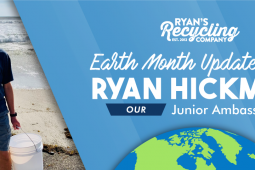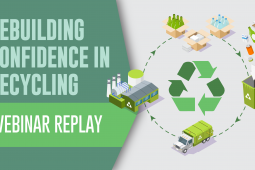What are the Polar Ice Caps?
August 16, 2016
The polar ice caps are ice sheets that cover the north and south poles and provide ice to other glacial formations. They remain frozen year round and feed ice into the polar seas. At the same time, ice caps are major stores of the Earth’s water supply with estimates of three-quarters of global freshwater. Due to the growing impact of climate change, the polar ice caps have been receding at an alarming rate. Throughout the twentieth century, sea levels have slowly risen due to the melting of polar ice caps.
The development of climate change is having a severe effect on the ice caps. The Arctic has felt the worse of this with temperatures in the region increasing by approximately five degrees over the past century with polar scientists concluding that there will be no summer ice within the next few decades. While the Antarctic’s temperatures are low enough to withstand some of the effects of climate change and global warming, some melting ice will still have a significant impact if more than the seasonal levels of ice melts. If continual ice melting goes on at the current rate, we could see an acceleration of climate change and water acidification in the ocean.
—
Other Sources
NASA. “Global Warming and Land Ice.” Earth Observatory. http://earthobservatory.nasa.gov/Features/PolarIce/polar_ice2.php. Accessed August 16, 2016.
World Wildlife Fund. “Climate Change and Polar Bears.” WWF-UK. http://www.wwf.org.uk/what_we_do/tackling_climate_change/impacts_of_climate_change/climate_change_and_polar_regions/#. Accessed August 16, 2016.



















